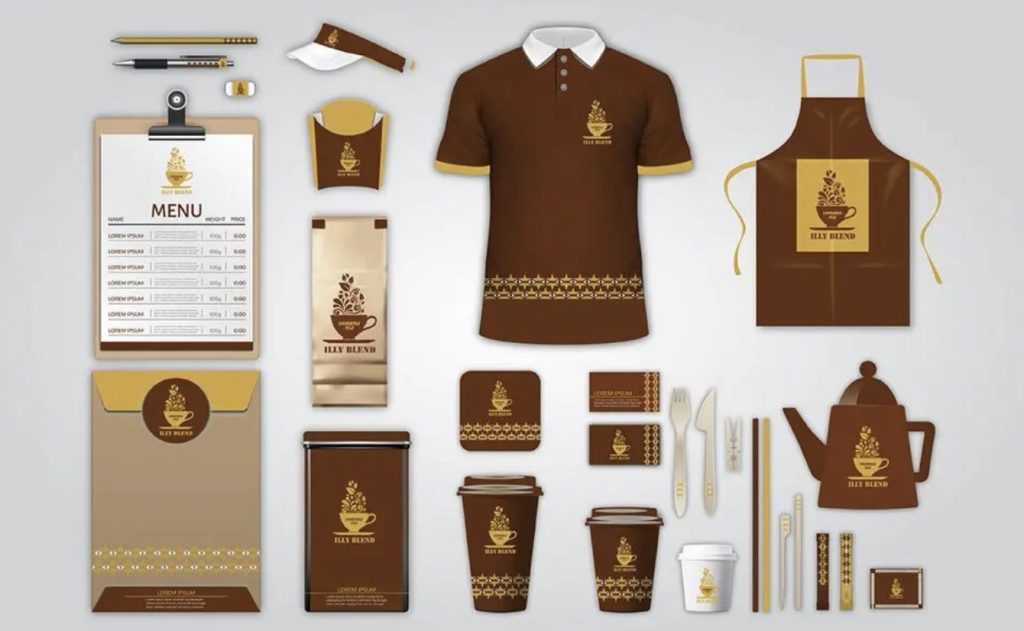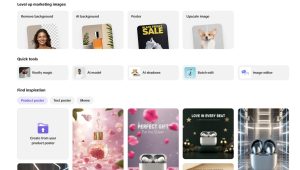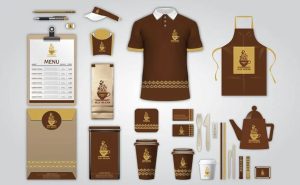In a competitive marketplace overflowing with choices, a memorable brand isn’t built solely on products or services—it’s cultivated through a powerful visual identity, consistent experiences, and emotional connections. The logo is often the first handshake between a business and a potential customer. But while a logo opens the door, loyalty is what keeps people coming back.
For companies and creators alike, understanding the journey from that initial logo recognition to long-term customer loyalty is crucial. It requires intentional design choices, clear messaging, and an integrated branding strategy that resonates across platforms and interactions.
From social media to packaging, and even down to how your emails land in inboxes, every touchpoint matters. This article explores how to bridge the gap between a well-designed logo and the kind of brand loyalty that transforms customers into advocates.
The Power of First Impressions
A logo is far more than just a symbol. It’s a compact visual representation of your brand’s values, tone, and personality. Think about brands like Apple, Nike, or Starbucks—before a single word is said, their logos already convey trust, quality, and identity. That’s the power of first impressions.
An effective logo should:
- Communicate what your business stands for
- Be versatile across mediums (digital, print, merchandise)
- Resonate emotionally with your target audience
- Be simple, scalable, and memorable
But the logo is only the beginning. To turn a great first impression into ongoing customer engagement, the brand must maintain a consistent visual identity and message across all customer-facing platforms.
Consistency Breeds Familiarity—and Trust
Trust isn’t built overnight. It’s built through repetition, familiarity, and reliability. If your logo appears one way on your website and completely differently in an email, that inconsistency can erode trust.
That’s where a brand style guide becomes essential. This internal resource outlines how the logo, typography, color palette, voice, and imagery should be used across platforms. It ensures that no matter where a customer encounters your brand—on social media, a business card, or an email newsletter—they receive a cohesive experience.
This consistency is key to:
- Establishing professionalism
- Creating a sense of dependability
- Reinforcing brand recognition
Even something as seemingly minor as header placement or tone of voice in automated emails can impact how customers perceive your reliability and values.
Email Branding: More Than Just a Message
Email remains one of the most cost-effective and personal ways to communicate directly with your customers. But in a world saturated with digital noise, design and branding can mean the difference between being read and being ignored.
That’s why businesses are turning to tools that make email communication more seamless while staying on-brand. While many start with large platforms, small to mid-sized businesses often explore Mailchimp alternatives to gain more flexibility, ease of use, or better pricing structures. These alternatives often provide customizable templates, automation tools, and analytics that allow businesses to keep their email communication consistent with the rest of their visual identity.
Your logo, color scheme, and tone should be fully integrated into your email campaigns to maintain that sense of familiarity:
- Use a header with your logo and consistent font
- Match button colors to your primary palette
- Sign off with the same tone of voice you use on social media and your website
When done right, email becomes another extension of your brand story—not just a medium to share announcements.
Additionally, some Mailchimp alternatives offer enhanced personalization and segmentation features, allowing businesses to tailor their brand messaging more precisely. Personalized experiences make customers feel seen, which directly supports brand loyalty.
Building Emotional Connections Through Storytelling
The brands customers remember—and love—tell a compelling story. These stories humanize the brand, showing the people behind the business and creating relatability.
Your logo might be the hook, but the story is what deepens the connection. This storytelling should be embedded into every brand touchpoint:
- The “About” page on your website should share your journey or mission
- Social media should highlight customer stories, behind-the-scenes content, or founder insights
- Email campaigns can include short anecdotes, customer testimonials, or brand milestones
Customers who feel emotionally connected to a brand are more likely to become repeat buyers, recommend the brand to others, and engage regularly with content. And that emotional connection starts with clear and honest communication.
Leverage Customer Feedback to Strengthen Identity
An evolving brand listens. As your customer base grows, so too should your understanding of what resonates. One of the most powerful tools in building long-term loyalty is active feedback loops.
Make space in your brand strategy for customer input:
- Send post-purchase surveys that ask about their brand experience
- Monitor social media comments and reactions
- Conduct occasional polls via email or social platforms
If multiple customers are confused by your logo’s symbolism or your messaging feels unclear, take that feedback seriously. Refinement isn’t failure—it’s growth.
Involving customers in the brand’s evolution makes them feel like they’re part of the journey. And that sense of involvement can dramatically increase their loyalty.
The Role of Social Proof
Customers are far more likely to trust a brand when others vouch for it. That’s where social proof comes in—testimonials, case studies, user-generated content, and influencer endorsements. Each of these acts as a vote of confidence in your brand.
Use your logo as a badge of trust. Encourage customers to share their experiences using branded hashtags or graphics. Feature those stories in your marketing materials and email campaigns.
This not only reinforces the credibility of your brand, but also helps spread visual recognition. Seeing the same logo associated with different stories and customer experiences builds memory retention and a deeper sense of connection.
Brand Loyalty in the Digital Age
Today’s customer expects more than a good product—they expect an experience. They want to feel aligned with a brand’s values, respected in communication, and delighted by design.
To foster loyalty:
- Prioritize fast, friendly customer service
- Stay transparent about your values and operations
- Provide value consistently across all content and messaging
Brand loyalty isn’t about perfection—it’s about intentionality. It’s about showing up with consistency, care, and clarity. When customers know what to expect from your brand and that experience is always positive, loyalty becomes natural.
Adapting as You Grow
A logo might stay the same, but brands evolve. As your business scales, you may enter new markets, adjust your audience targeting, or update your product offerings. During this growth, your brand identity must remain recognizable, even as it adapts.
This means:
- Updating visual elements while keeping core identity intact
- Scaling your messaging without losing your original voice
- Revisiting your branding materials annually to ensure relevance
Brands like Coca-Cola or Adobe have refreshed their logos and marketing materials multiple times over decades—each time evolving slightly while staying true to their recognizable roots. Growth doesn’t mean starting from scratch; it means refining what already works.
The Customer Experience Loop
Every branded touchpoint—be it a logo, a product unboxing, an email subject line, or a thank-you message—feeds into the customer experience loop. The stronger and more consistent that loop, the more likely it is to lead to repeat business.
Think of the full lifecycle:
- A potential customer sees your logo on social media
- They visit your website and read your brand story
- They sign up for your emails and enjoy tailored messages
- They purchase, receive well-branded packaging, and feel valued
- They share the experience with others, reinforcing your brand’s image
Each stage offers an opportunity to reinforce recognition, build trust, and earn loyalty.
Building a brand that customers remember doesn’t start and stop with a logo. It’s a journey that demands consistency, empathy, adaptability, and a deep understanding of your audience. A great logo opens the door, but it’s the complete brand experience—from email design to social storytelling—that builds the kind of loyalty that lasts.
By investing in visual identity, listening to feedback, leveraging smart tools, and crafting meaningful messages, you can shape a brand that not only stands out—but stays in the hearts and minds of your customers for years to come.



